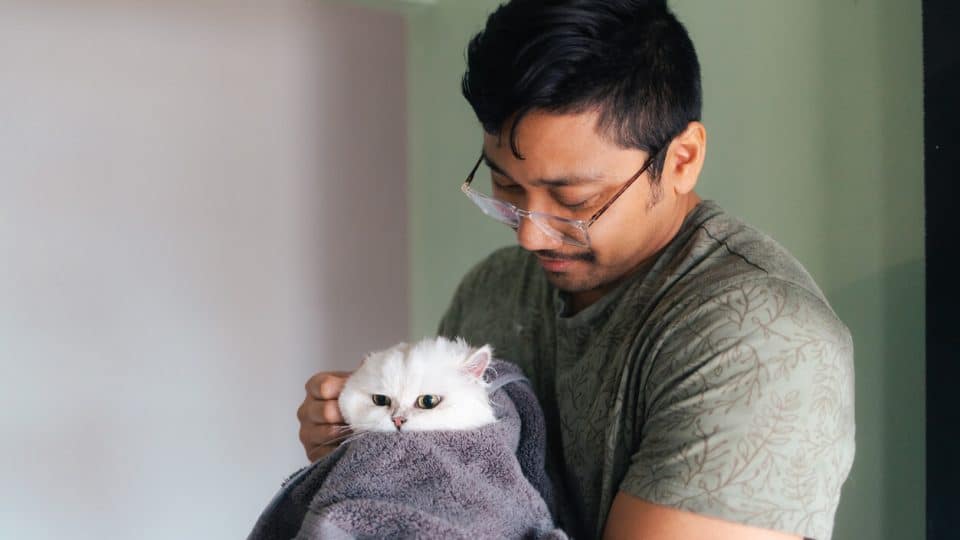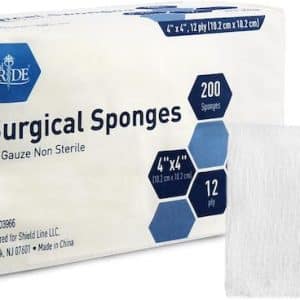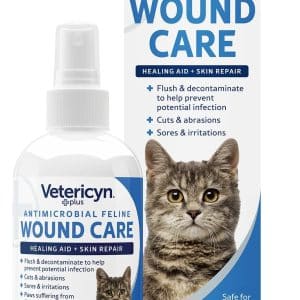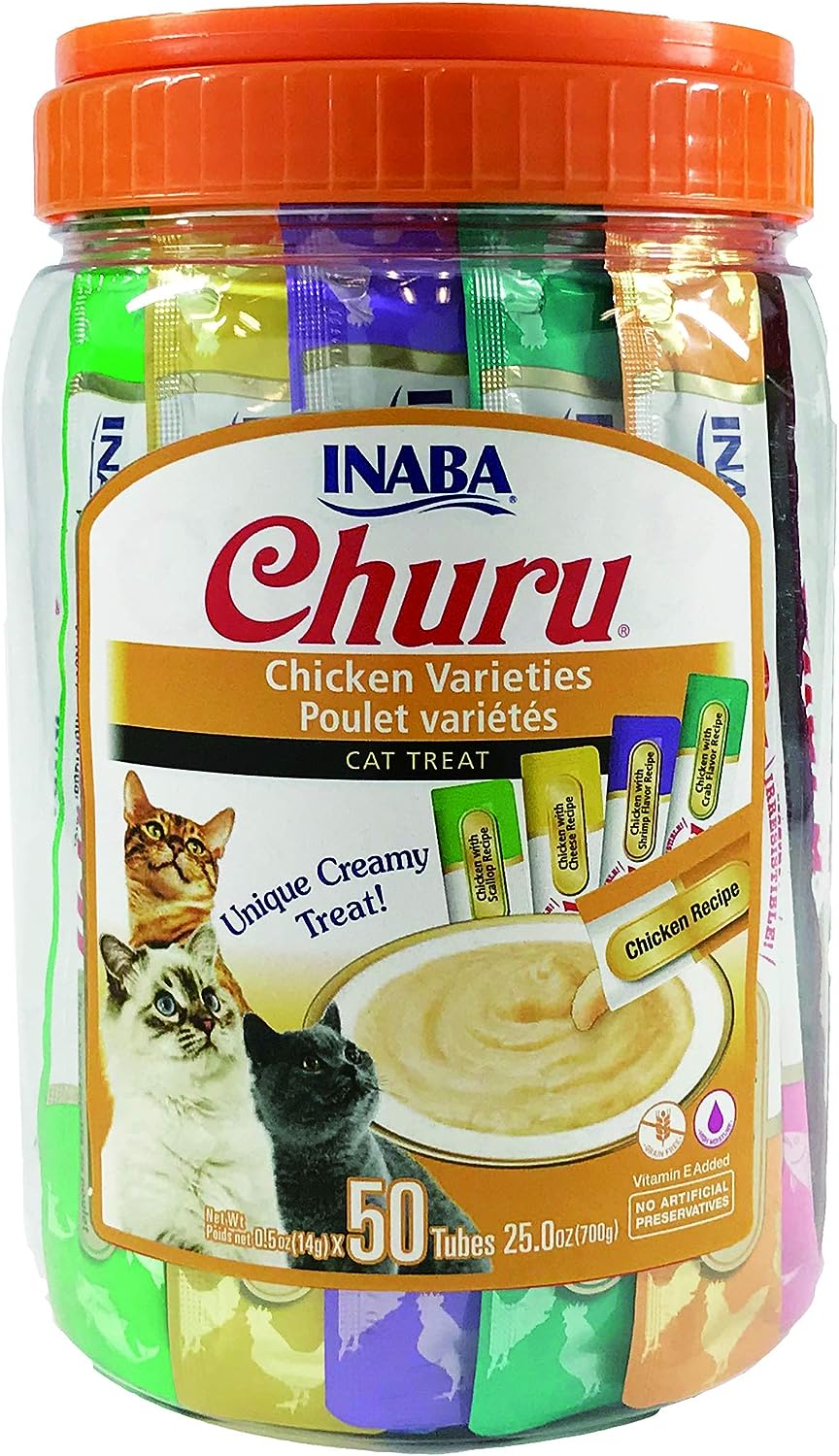- This review contains affiliate links. Read more here.
- Not a substitute for professional veterinary help.
When it comes to being curious, your cat may sometimes bite off more than they can chew. If they end up with an injury, you’ll need to know whether you can clean your cat’s wound at home—or if you should take them straight to your veterinarian.
In some cases, you can treat minor wounds with kitty first aid at home. Still, if your cat has a wound of any kind, it’s always best to take them to to the vet as soon as possible.
“The urgency of care depends on the wound’s location, depth, and risk of complications such as infection,” says Alejandro Caos, a veterinarian with TheVets.com.
Below, get the details on different types of wounds and how to clean and care for a wound on a cat, including after surgery.
Our picks
What To Do First When Cleaning A Cat’s Wound
If your cat has a wound or injury, you can start by following these three steps:
1. Examine the wound
Before you start treating the wound, it’s important to know what you’re dealing with. “Different types of wounds can be distinguished by their appearance and the nature of the injury,” Dr. Caos says.
He shares some common wounds, their usual appearance, and possible causes below:
- Cuts and lacerations: These are typically clean, straight, or jagged wounds. They’re often caused by contact with sharp objects, like knives or broken glass.
- Abrasions: With these shallow wounds, you’ll typically notice scraped or grazed skin. They’re generally caused by friction or rubbing against a rough surface.
- Contusions or bruises: These injuries involve discolored skin caused by damaged blood vessels. Typically, they’re caused by blunt force trauma, like hitting a hard object.
- Puncture wound: These deep and narrow wounds have a small entry point. They happen when sharp, pointed objects like nails penetrate the skin.
- Bite wound: These puncture marks may have irregular edges that vary in depth and severity. Your cat may have a bite wound if they get into a fight with another cat, a dog, or other animals in the neighborhood.
2. Stop the bleeding
If the wound is bleeding, it’s important to stop the blood loss ASAP—especially if the wound is a large one.
In an emergency, you can start by pressing down on the bleeding area with your hand. Hold a piece of fabric or gauze firmly, but not tightly, on the wound to make a temporary bandage for your trip to the vet.
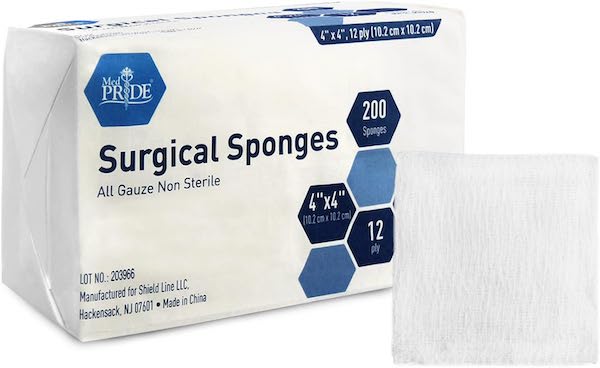
Medpride Gauze Surgical Sponge
Surgical sponges are an especially good choice for pet wound care, since they don’t have sticky edges that can pull at fur. Try securing them with a self-adhesive wrap that sticks to itself—and nothing else.
3. Clean the wound
If the wound isn’t bleeding, you can disinfect it.
To clean a wound on a cat, hold them steady and wrap them in a towel or blanket, Dr. Caos recommends. Then, use a clean, damp cloth or gauze to gently clean the wound with a mild antiseptic or saline solution.
How to Securely Bandage a Cat’s Wound
“A wound should be bandaged if it’s minor, clean, and there’s a low risk of the cat removing the bandage,” Dr. Caos says.
A good bandage should have have three layers:
- A first layer that rests directly on the wound. This layer is usually made of gauze or mesh.
- A second layer that absorbs fluid and offers padding. This layer could be a cotton ball.
- A third layer that holds the other two in place. This layer is usually adhesive or an elastic wrap.
According to Amber Carter, veterinarian and owner of CatVetLife, you should only apply a bandage under the advice of a veterinarian. “Major problems can occur with improperly placed bandages,” she explains.
For example, bandages that are too loose will probably fall off. Bandages that are too tight can cause necrosis, or tissue death. So only apply a bandage if your vet recommends it, and always make sure to follow their instructions for using bandages on your pet.
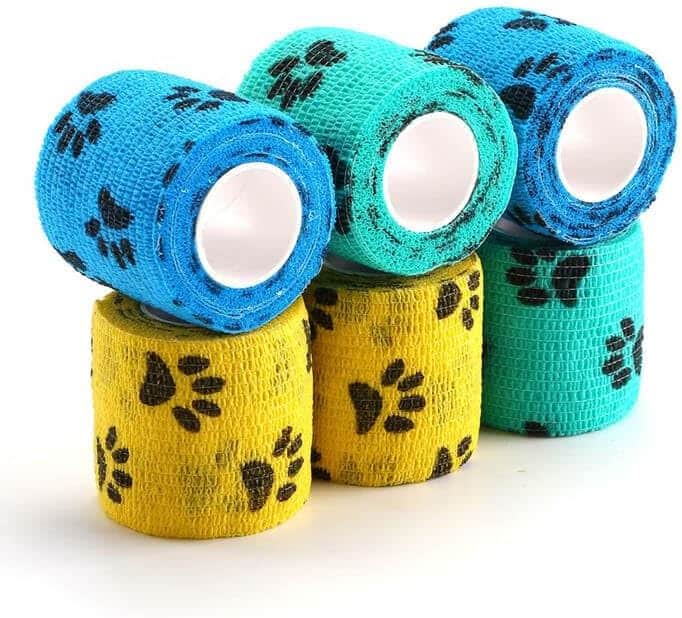
WePet Pet Wrap
Self-adhesive bandages are especially important for cats, since you don’t want to secure your gauze with any kind of sticky tape that could pull the fur around their wound.
How often should you change a bandage?
The amount of time between bandage changes can vary, from multiple times a day to every few days. If your vet tells you it’s safe to use a bandage, they’ll also provide guidance on how often to change it. That said, you may need to change the bandage for a severe injury more frequently.
Dr. Carter says you should check your cat’s bandage twice a day for any wet areas or odor.
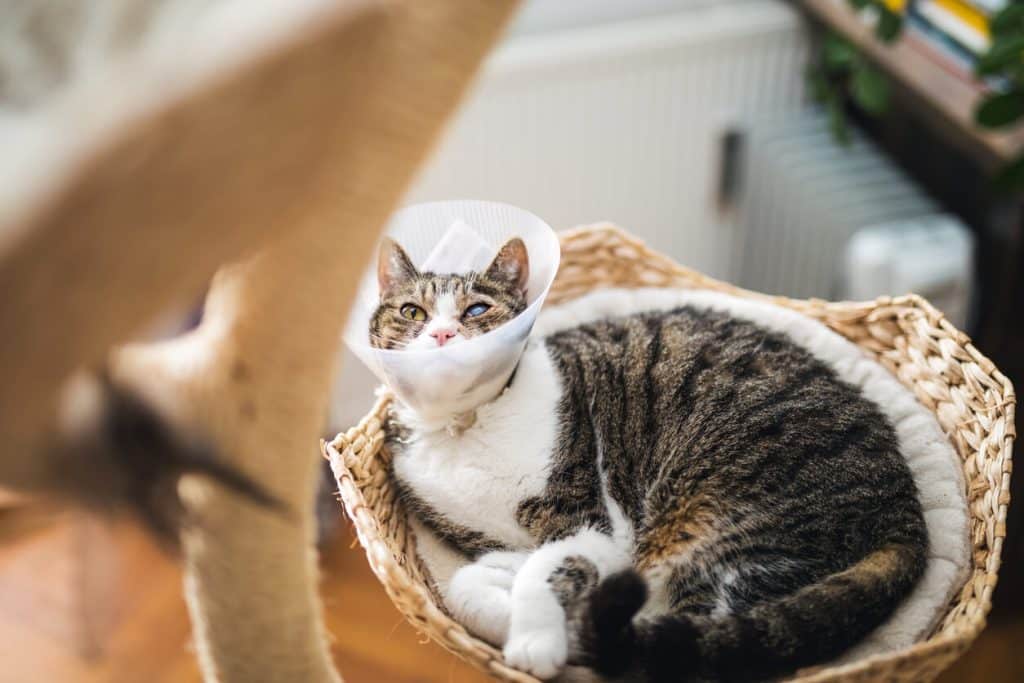
When to See a Vet
Seeing a professional for wound care for cats varies depending on whether the wound needs extra help cleaning or sewing up for proper healing.
Dr. Caos describes the usual treatments and recovery process for more serious wounds below:
- Puncture wounds: These wounds can seal over quickly and trapping bacteria inside. So, they typically require cleaning, disinfecting, and monitoring for signs of infection.
- Lacerations: These wounds often need stitches or surgical closure and can take several weeks to heal.
- Bite wounds: These wounds are often prone to infection from the bacteria present in saliva. They may need draining, antibiotics, and sometimes surgery.
Aftercare Tips
When your cat comes home from the vet after having their wound cleaned, treated, or closed with sutures, they may feel a little disoriented and scared—especially if they’re recovering from a medical procedure like surgery.
The exact aftercare for your cat will depend on the type of wound they have, the medical procedure they received, and your vet’s advice.
Dr. Carter suggests the following general tips to support your cat’s healing process.
- Put them in kitty quarantine: To avoid stressing your cat out, set them up in a room away from other people and animals. If you can, try to remove any perches or cat trees to discourage jumping. A leap before they heal could pull or rip their stitches.
- Make sure they wear their collar: Your vet will likely send your cat home with an Elizabethan collar (sometimes jokingly called a Cone of Shame) to keep them from biting or scratching at any stitches or drainage tubes. Your vet might also suggest a wound recovery suit. This special cat onesie can also protect the healing wound—without obscuring your cat’s vision.
- Administer their medication: Make sure your cat takes all their medication as prescribed. If your cat resists taking pills the usual way, you can try a tasty pill pocket or a flavored paste like Churu to help the medicine go down. You can also crush some pills and mix them with wet food, but check with your vet first!
- Keep them eating: If your cat has the all-clear to eat, encourage them to chow down to keep their strength up. If they aren’t up to eating their usual food, try making it extra tasty with an appetite stimulant. For example, you can try adding a bone broth meal topper or a pinch of catnip to their dinner.
Injuries can be a scary experience for both you and your cat. But with prompt first aid—including cleaning your cat’s wound— and some loving aftercare, you can help them get on the road to recovery!
